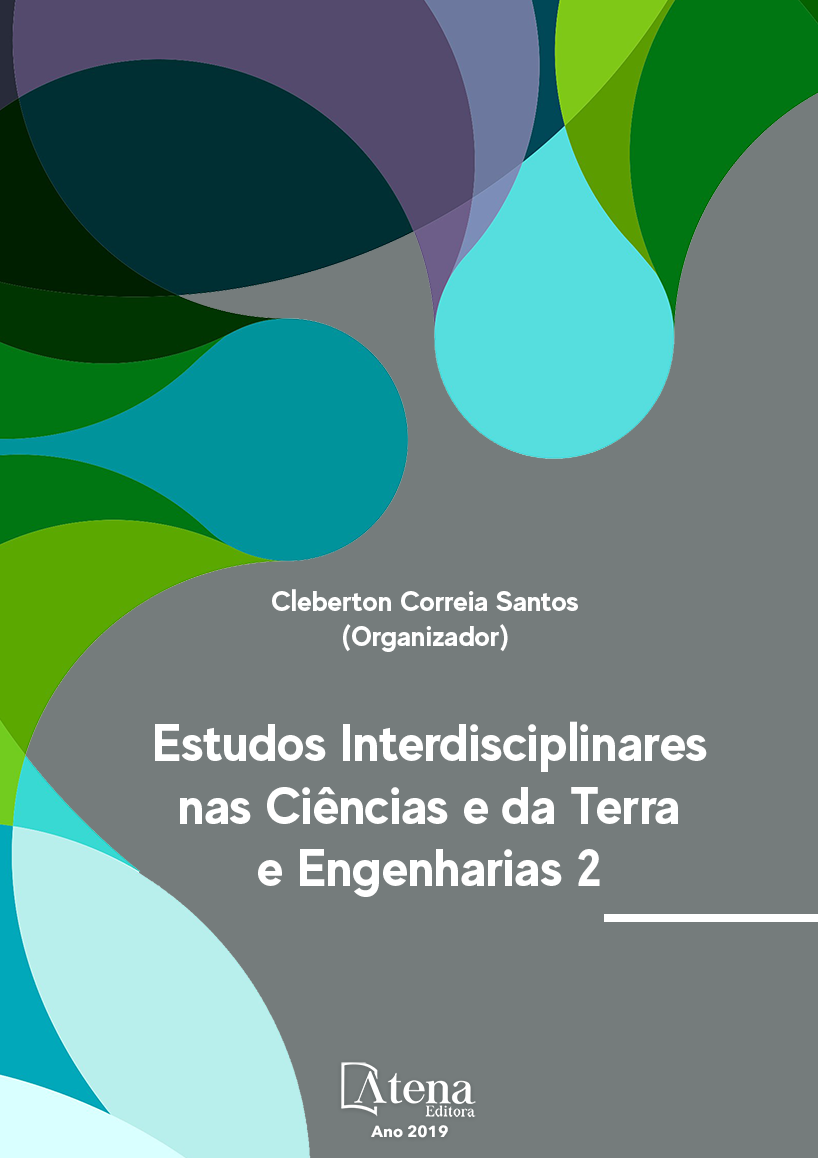
NANOPARTÍCULAS DE ÓXIDO DE COBRE (II): AVALIAÇÃO DAS PROPRIEDADES ESTRUTURAIS, MORFOLÓGICAS E TÉRMICAS PARA APLICAÇÃO EM CATÁLISE
O presente trabalho reporta a
avaliação estrutural, morfológica e térmica das
nanopartículas de CuO, visando o entendimento
de suas propriedades para incorporá-lo em
matrizes para aplicação em catálise. O CuO
foi sintetizado pelo método da coprecipitação a
partir do CuSO4.5H2O (0,1 e 0,2 mol/L) e NaOH
(1 mol/L). As concentrações dos precursores e
as temperaturas de reação de 50 e 75oC foram
monitoradas e as nanopartículas obtidas foram
caracterizadas por DRX, TEM, MEV e TGA. Os
DRX apresentaram perfis semelhantes com
pequenas variações na intensidade e largura
dos picos. Comparados os DRX com o padrão,
se confirma a formação de CuO. As amostras
apresentaram picos em 2Ɵ=35,6; 38,7 e 48,9o
que correspondem aos planos cristalográficos
(002) e (-111); (200) e (111); (-202)
respectivamente do CuO na célula monoclínica.
A amostra sintetizada a 75oC e 0,1mol/L
apresentou picos adicionais pela formação de
brochantite (2Ɵ=25º) e de posnjakite, (2Ɵ=30º),
indicando que o aumento da temperatura e o
uso de concentrações menores dificulta a
eliminação do íon sulfato na formação do CuO
puro. O tamanho das partículas foi estimado
pela equação de Scherrer, usando o pico em
2q=35,6o. O tamanho médio de partículas foi
entre 8,8 a 13,4 nm. As imagens de MEV e TEM
apresentaram agregados de cristalitos na forma
de bastões. A TGA mostrou perda de massa
de 5,1% até a temperatura de decomposição
do CuO (900oC). O método investigado tem
vantagem de ser simples, rápido e de baixo
custo.
NANOPARTÍCULAS DE ÓXIDO DE COBRE (II): AVALIAÇÃO DAS PROPRIEDADES ESTRUTURAIS, MORFOLÓGICAS E TÉRMICAS PARA APLICAÇÃO EM CATÁLISE
-
DOI: 10.22533/at.ed.64819103093
-
Palavras-chave: Nanopartículas, óxido de cobre (II), coprecipitação, propriedades.
-
Keywords: Nanoparticles, copper (II) oxide, coprecipitation, properties
-
Abstract:
The present work reports the
structural, morphological and thermal evaluation
of the CuO nanoparticles, aiming the understanding of their properties to incorporate
it in matrices for application in catalysis. CuO was synthesized by the coprecipitation
method from CuSO4.5H2O (0.1 and 0.2 mol/ L) and NaOH (1 mol/L). The concentrations
of the precursors and the reaction temperatures of 50 and 75°C were monitored and
the nanoparticles obtained were characterized by XRD, TEM, MEV and TGA. The XRD
presented similar profiles with small variations in the intensity and width of the peaks.
Comparing the XRD with the standard, CuO formation is confirmed. The samples
presented peaks at 2q=35.6; 38.7 and 48.9° corresponding to the crystallographic
planes (002) and (-111); (200) and (111); (- 202) respectively of CuO in the monoclinic
cell. The sample synthesized at 75oC and 0.1mol/L presented additional peaks due to the
formation of brochantite (2Ɵ=25º) and posnjakite (2Ɵ=30º), indicating that increasing
temperature and lower concentrations make it difficult to eliminate of the sulfate ion in
the formation of pure CuO. The particle size was estimated by the Scherrer equation,
using the peak at 2θ=35.6°. The mean particle size was between 8.8 and 13.4 nm.
SEM and TEM images showed aggregates of crystallites in the form of rods. TGA
showed a mass loss of 5.1% up to the decomposition temperature of CuO (900oC). The
method investigated has the advantage of being simple, fast and low cost.
-
Número de páginas: 15
- Pedro Luiz Ferreira de Sousa
- Karine Loíse Corrêa Conceição
- Neyda de la Caridad Om Tapanes
- Roberta Gaidzinski
- Maria Iaponeide Fernandes Macêdo


